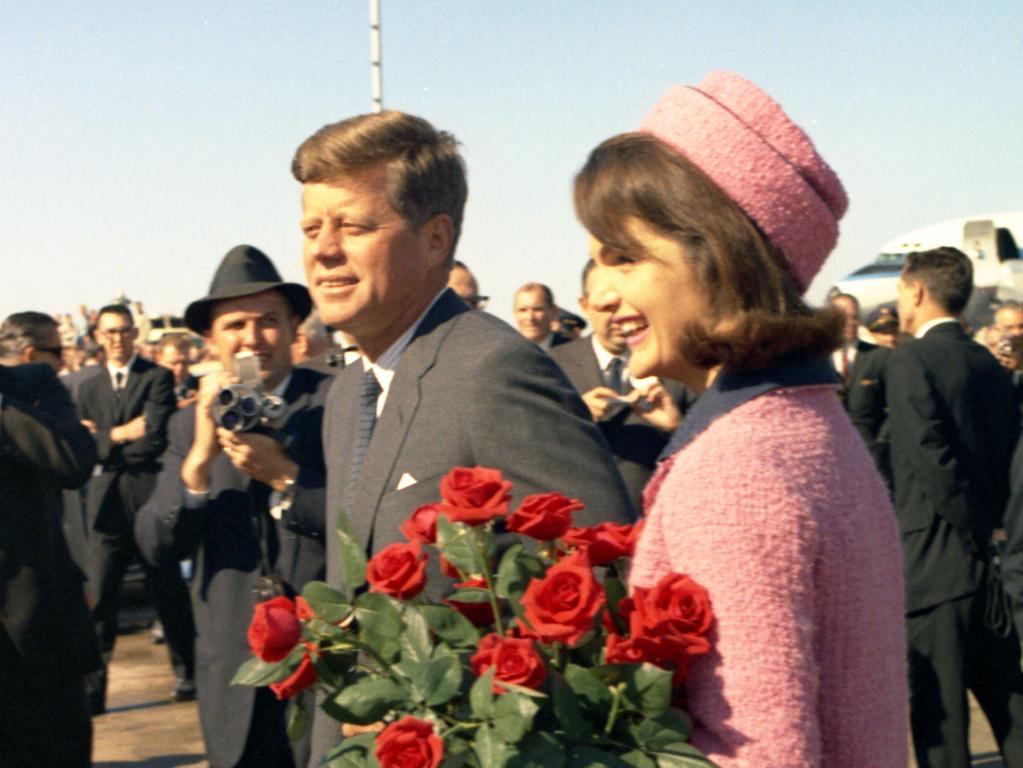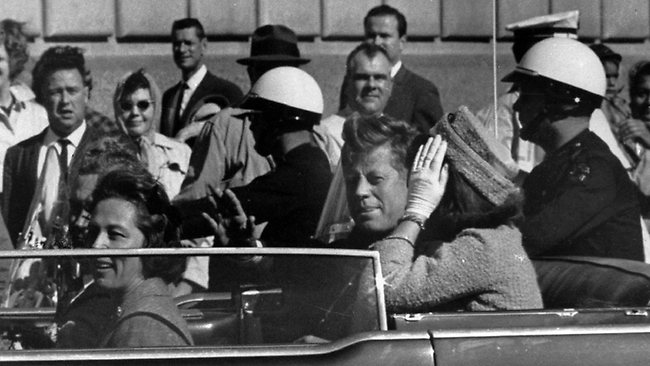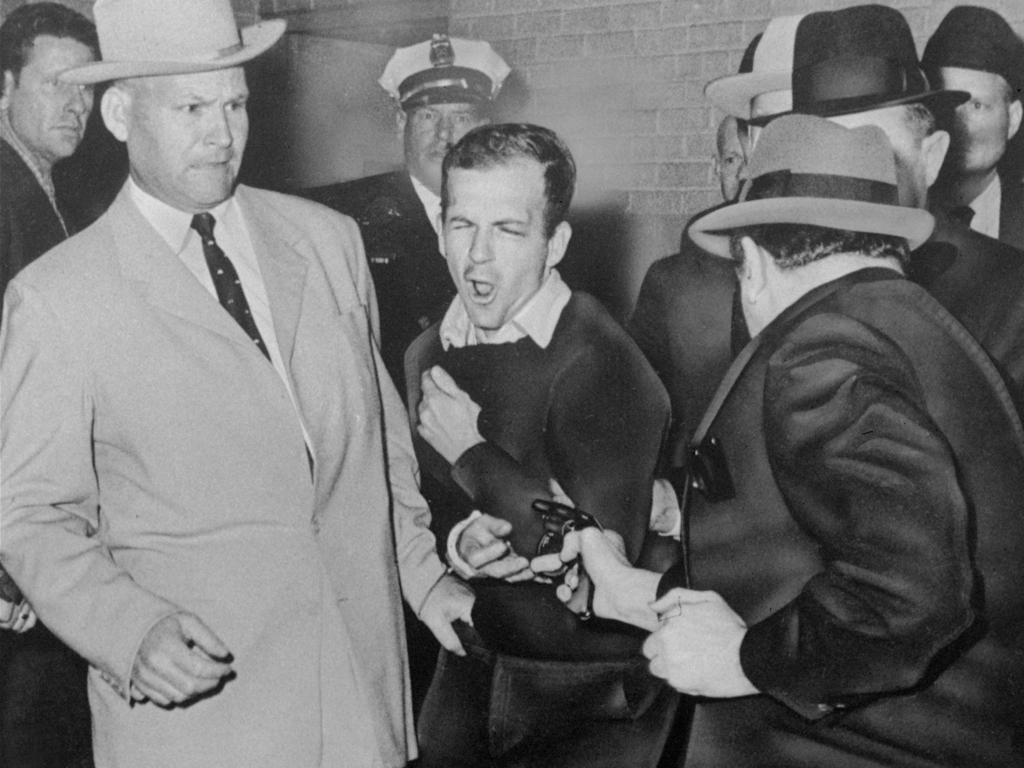JFK agent throws doubt on ‘magic bullet’ assassination theory
A retired Secret Service agent present at John F Kennedy’s assassination has spoken out for the first time, 60 years after the event, to challenge the official version.
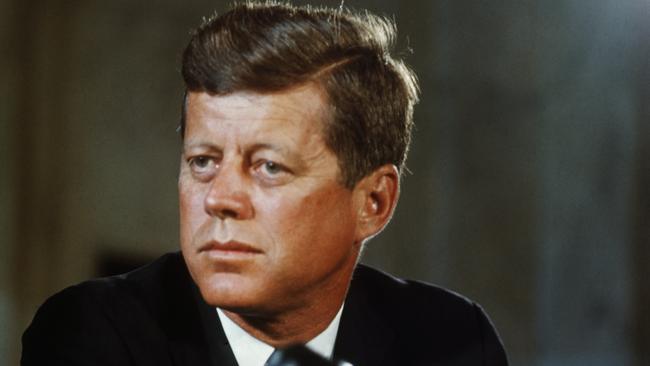
A retired Secret Service agent present at John F Kennedy’s assassination has spoken out for the first time, 60 years after the event, to challenge the official version, fuelling the theory that there could have been a second gunman.
Paul Landis has thrown doubt on the “magic bullet” explanation for one of the shots fired by Lee Harvey Oswald passing through the president and causing several wounds to John Connally, the governor of Texas.
Landis, 88, said he had retrieved the bullet from the back of the car seat behind Kennedy and it ended up on the governor’s stretcher by accident, which means that it was mistakenly thought by investigators to have come from Connally’s body.
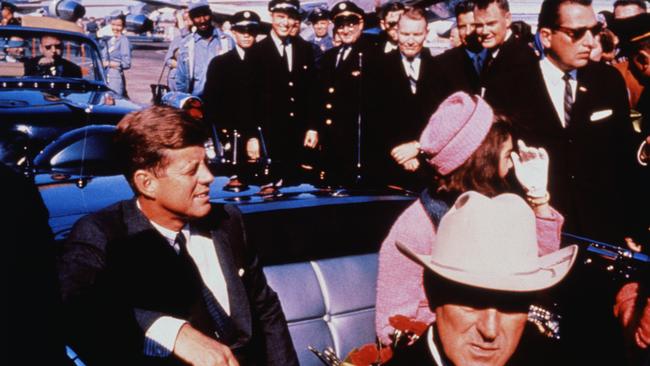
The Warren Commission, the official inquiry into Kennedy’s assassination, concluded that the one bullet must have taken an unusual path through Kennedy’s throat from behind, hitting Connally’s right shoulder then wounding his back, chest, right wrist and left thigh.
This was key to the official verdict that Oswald alone fired three times from the sixth floor of the Texas School Book Depository, a building overlooking the road, wounding Kennedy with the first, “magic” bullet, missing with the second and killing him with a shot to the head on the third.
Landis, who has written a book, The Final Witness, to be published next month, said he originally believed that Oswald was a lone gunman but was now questioning that conclusion.
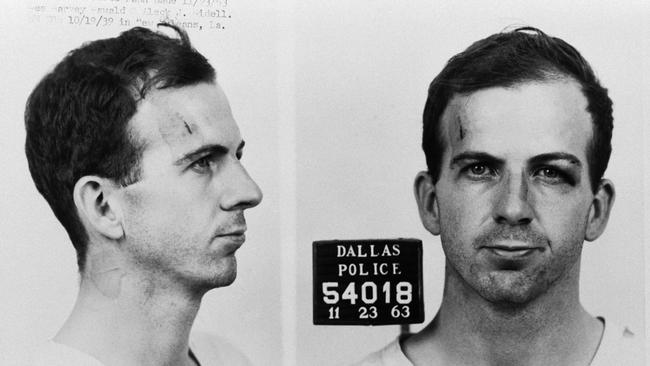
“At this point I’m beginning to doubt myself,” he told The New York Times. “Now I begin to wonder.”
Landis was assigned to protect Jackie Kennedy on the visit to Dallas on November 22, 1963, and was standing on the running board of the Cadillac immediately behind the limousine carrying the president, the first lady, Connally and his wife.
When he heard the first shot, Landis turned to look over his right shoulder in the direction of the shot but saw nothing. When he turned back he saw Kennedy raise his arms and realised that the president had been hit.
Clint Hill, his fellow agent, sprinted from the Cadillac and leapt on to the president’s car as two more shots rang out. Landis said he had to duck to avoid being splattered with the president’s blood. He said Hill turned to him with his thumb down, signalling that Kennedy was dead.
The vehicles sped to Parkland Memorial Hospital, where Landis said he found a bullet lodged in the seat behind where Kennedy had been sitting. He retrieved it and said he had intended to hand it to investigators but, in the confusion, he placed it on the president’s stretcher.
It was later found on Connally’s stretcher, leading Landis to suggest that the stretchers must have bumped together and the bullet got transferred from one to the other.
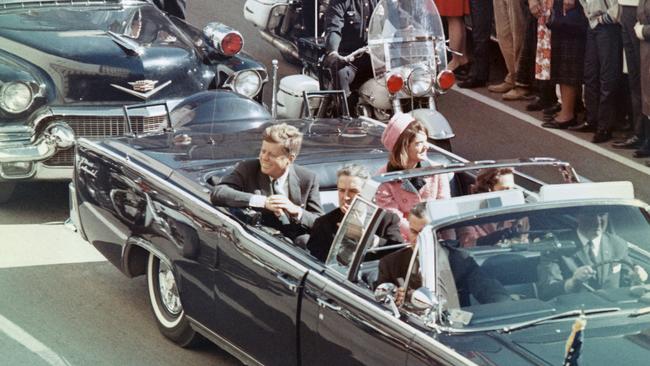
“There was nobody there to secure the scene, and that was a big, big bother to me,” he said. “All the agents that were there were focused on the president. This was all going on so quickly and I was just afraid that it was a piece of evidence; I realised right away [it was] very important and I didn’t want it to disappear or get lost. So it was ‘Paul, you’ve got to make a decision’ and I grabbed it.”
The Warren Commission did not interview Landis. Its report said that it “eliminated President Kennedy’s stretcher as a source of the bullet” because he stayed on his stretcher while doctors tried to save his life and was not removed until he was placed in a coffin.
Landis is adamant that he put the bullet next to Kennedy’s body. Investigators said it was fired by the same Mannlicher-Carcano rifle found in the Texas School Book Depository.
Although the bullet was in almost pristine condition, successive experts have concluded that it plausibly took the strange trajectory that earned it its nickname.
Landis speculates that it did not penetrate the president’s back deeply but popped out again into the car, which means that it was not the bullet that wounded Connally.
There has long been a conspiracy theory about a second sniper on the “grassy knoll” near the scene of the shooting, which had a stockade fence that would have been an ideal cover.
Gerald Posner, the author of Case Closed, a 1993 book that concluded that Oswald acted on his own, said Landis’s story did not add up. “People’s memories generally do not improve over time,” he said. “Even assuming that he is accurately describing what happened with the bullet, it might mean nothing more than we now know that the bullet that came out of Governor Connally did so in the limousine, not on a stretcher in Parkland [hospital] where it was found.”
Landis said he had never subscribed to conspiracy theories and simply wanted to tell what he did at the time and leave it to others to draw their conclusions. “There’s no goal at this point,” he said. “I just think it had been long enough that I needed to tell my story.”


